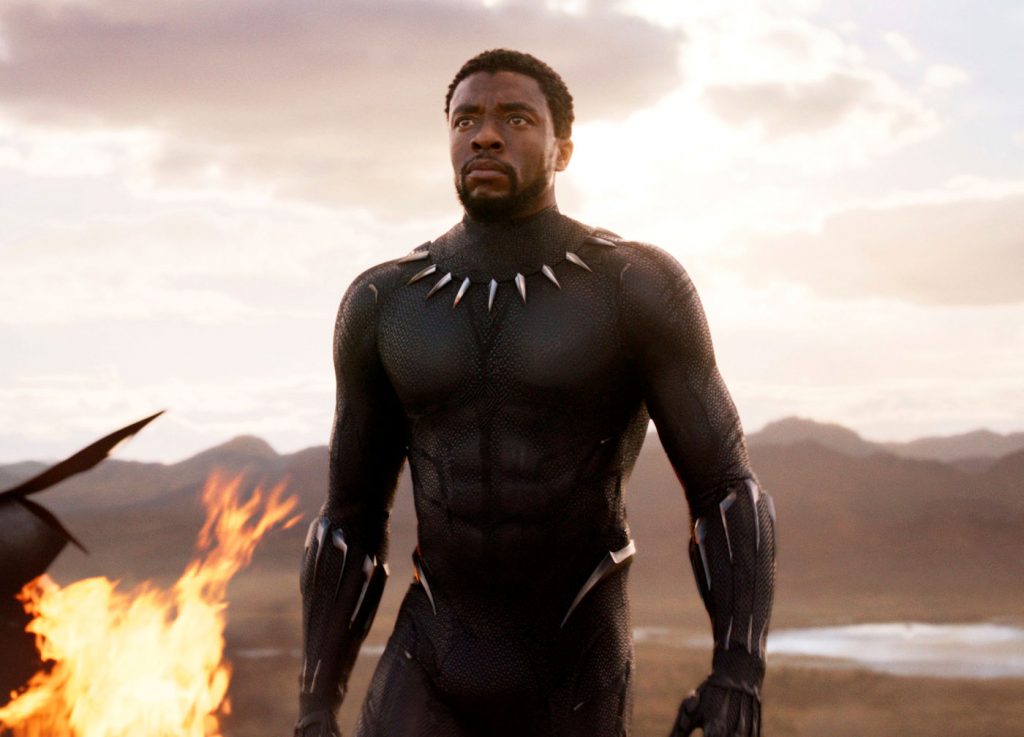
Excitement and anticipation for Marvel’s “Black Panther” has been building for months and its release did not disappoint. Ryan Coogler, the first African American director of a Marvel Studios film, turned the comic into a vibrant world with captivating characters and beautiful cinematography that has significantly etched its place in cinematic history.
The studio’s newest project features a nearly all-black cast, each member of which significantly helped to create some of the most fleshed-out characters in the entire Marvel Cinematic Universe through their outstanding performances. Chadwick Boseman stars as the titular hero T’Challa, or the Black Panther, and his performance illuminates the character’s charisma and moxie.
Erik Killmonger, played by Michael B. Jordan, is a fierce antagonist to T’Challa and is perhaps the most enthralling character in the whole film. He has a valid justification for wanting change, but because of his method of making that change, he becomes the villain. Additionally, characters including Okoye, played by Danai Gurira; Shuri, played by Letitia Wright; and Nakia, played by Lupita Nyong’o, each get ample screen time, allowing them to provide more depth to the conflicts in Wakanda. Although they are supporting characters, they are just as exuberant as the main characters.
The film, which was released on Feb. 16, takes place after the events of “Captain America: Civil War,” in which T’Challa returns to his home of Wakanda to assume his position as king following his father’s death. He faces opposition from other Wakandan tribes and outside invaders, and therefore he must rally his council and troops to secure the safety of his country.
Coogler does a great job at creating a visually beautiful film by utilizing bright colors and elegant compositions. Certain scenes like T’Challa’s coronation and his trips to the ancestral plane especially stand out because they are wonderfully colorful. The film’s scenic beauty has much to do with the work of its production designer, Hannah Beachler, and of costume designer Ruth Carter, who both drew inspiration from African culture for their designs.
There is also beauty to be found in the film’s action scenes. In addition to being aesthetically pleasing, these scenes show off Wakandan technology, like suits made of vibranium, Wakanda’s heavily guarded metal, and holographic cars. These tools put a new spin on typical action movie scenes, like the car chase scene and the final battle scene. Many of these scenes are elevated by the film’s soundtrack, “Black Panther: The Album,” curated by Kendrick Lamar, and the score by Ludwig Göransson.
As I left the theater, I knew I had seen something epic. The film was thrilling and unique, but it still maintained Marvel’s distinct charm with its superb acting, delightful soundtrack and gorgeous cinematography.
More importantly, “Black Panther” is the first film of its kind. Ultimately, the film defies the racist Hollywood myth that films with black leads do not sell, and its cultural impact has already been felt across the country: It had the fifth-highest grossing opening weekend of all time.


